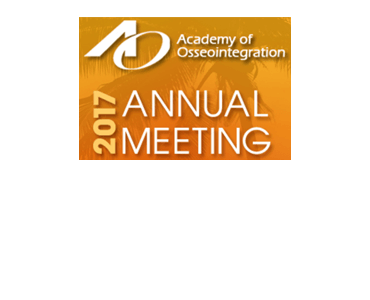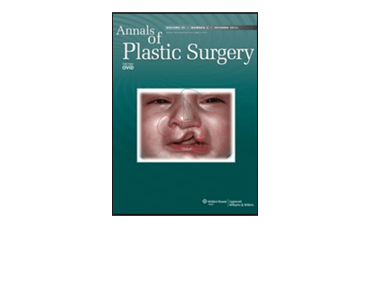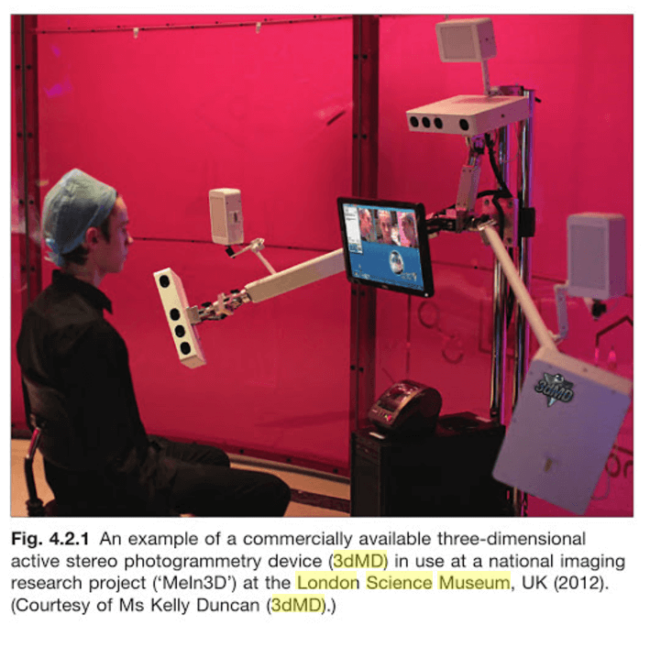The Technique for 3D Printing Patient-Specific Models for Auricular Reconstruction. RL Flores, H Liss, S Raffaelli, A Humayun, K Khouri, PG Coelho, L Witek.
Date: April 2017. Source: Journal of Cranio-Maxillofacial Surgery. Purpose: Currently, surgeons approach autogenous microtia repair by creating a two-dimensional (2D) tracing of the unaffected ear to approximate a three-dimensional (3D) construct, a difficult process. To address these shortcomings, this study introduces the fabrication of patient-specific, sterilizable 3D printed auricular model for autogenous auricular reconstruction. Methods:…









